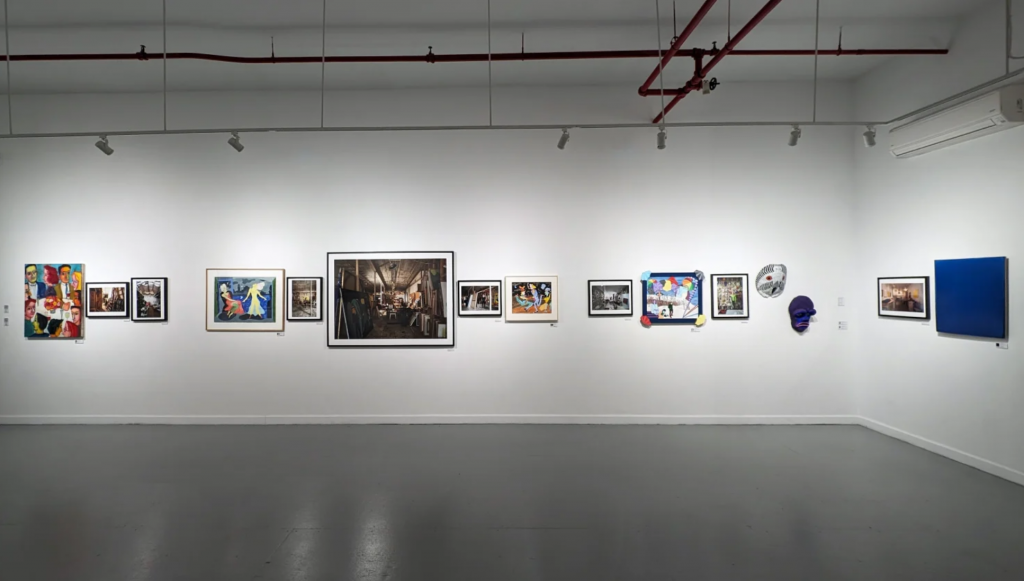SoHo is known for its artsy crowd, with painters, sculptors, artists (and now celebrities) of every kind living in lofts with square footages and ceiling heights unimaginable to most New Yorkers. Without these lofts, however, New York’s creative reputation would not be what it is, as these artists would have otherwise been quickly priced out of the city. What allowed so many NYC artists to thrive in these lofts for decades without being displaced by New York’s real estate frenzy? Legislation commonly known as the Loft Law is a primary answer.
These lofts were at first not legal to live in — SoHo’s famous cast-iron buildings were originally created and zoned for commercial and industrial uses, and artists moved into these former factory spaces as manufacturing left the city starting in the 1950s. SoHo was nearly deserted, and many blocks lacked streetlights. Most of these lofts were not particularly habitable, without kitchens or electricity, but rent was cheap, about $300 a month. However, living in these spaces was still technically illegal, so tenants devised ways to stay hidden, like blacking out their windows so police could not see any light shine through their windows at night.
At some point, there may have been tens of thousands of artists living in these lofts across NYC. Where they went, art galleries, then retail and restaurants followed, transforming SoHo from a declining manufacturing district into a vibrant arts scene. Artists knew their legal situation was precarious, however, so in 1961, the Artist Tenants Association was formed to campaign to legalize loft living. With the support of high-profile artists and famous supporters such as Eleanor Roosevelt, they argued that affordable housing for artists would sustain the city’s art market, vital in the face of the loss of manufacturing. Mayor Robert Wagner, whose brother was an artist, acquiesced to these demands. As long as tenants proved that they were artists (by showing their work to a Department of Cultural Affairs committee) and hung a sign outside their door noting “Artist in Residence” or “A.I.R” (so that firefighters knew that the building was inhabited in case of an emergency), they were legally allowed to live in industrial buildings. Artist lofts then became a permitted special use in SoHo’s zoning in 1971, after the Artist Tenants Association and the SoHo Artists Association (formed in 1970) organized for more permanent status after the city started rejecting A.I.R. applications when SoHo was rezoned as a light industrial area in 1963.

February 10, 1971 issue of the SoHo Artists Association newsletter. Photo: SoHo Memory Project
However, by the mid-1970s, these lofts were becoming more desirable real estate. Artists were concerned about professionals and wealthier individuals and moving in and gentrifying their neighborhoods, some even arguing against legalizing further loft conversions in the city. Artists had also been fixing up their lofts themselves — hooking up missing electricity and water, adding kitchens and other upgrades — and landlords were often happy to take their free renovations and evict them in favor of higher-paying tenants.
Understanding that their situation was unsustainable, artists rented buses to Albany, armed with paintings and sculptures. Their successful lobbying resulted in the passage of Article 7-C of the Multiple Dwelling Law, or the 1982 Loft Law, which protected and legitimized loft living and is still in effect today. The law protects tenants from unreasonable eviction and rent increases and requires that buildings be brought up to code, and it made rent increases contingent on landlords making these improvements.
Today, the number of remaining artist lofts protected under the original 1982 Loft Law is in the hundreds. Photographer, filmmaker, and urban explorer Joshua Charow recently made it his mission to photograph as many of these artists as possible. If you want to learn more about the Loft Law’s impact on artists, you can currently see a selection of Charow’s photographs at Westwood Gallery NYC in Loft Law: Photographs by Joshua Charow, on view until July 13th. The exhibition also showcases the work of some of the artists featured in Charow’s photographs.

Loft Law: Photographs by Joshua Charow Exhibition at Westwood Gallery NYC. Photo: Westwood Gallery NYC
Top photo: Phillip Niblock and Katherine Liberovskaya in their SoHo Loft, taken by Joshua Charow. Westwood Gallery NYC